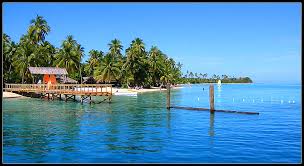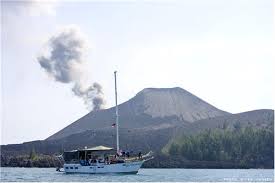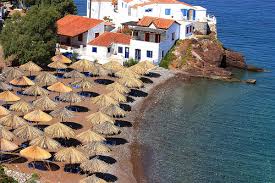Tasa Nugraza Barley
Indonesia and Malaysia Battle Over Batik
Along-standing dispute between Indonesia and Malaysia over the origins of batik seems to flare up every few years. This year there have also been arguments over the ownership of the islands Sipidan and Ligitan, the song “Rasa Sayange,” the treatment of Indonesian migrant workers in Malaysia and Bali’s pendet dance, which was featured in a Discovery Channel promotion for a TV show about Malaysia.
During each spat, diplomatic relations between the countries become tense, nationalism rises and nicknames are invented. This year, incensed Indonesians have started calling their neighbor “Maling-sia,” a play on the Indonesian word meaning thief, and an offensive parody of Indonesia’s national anthem was uploaded to a Malaysian Web site. A vigilante group has also formed in Jakarta, claiming that it would invade Malaysia on Thursday and wage war.
But Indonesia can at least claim victory in the batik wars when Unesco today adds Indonesia’s batik to a global list of Intangible Cultural Heritage items. To celebrate that validation, President Susilo Bambang Yudhoyono has asked all Indonesians to wear batik on Friday. Asmoro Damais, an expert on batik who has consulted with various cultural institutions on the craft and collects historic batik fabric, specifically the Pekalongan style, since 1970, said Indonesians should be proud of the achievement.
The government and supporting institutions had to go through complicated processes to qualify for the cultural body’s recognition, she said. The first approach to Unesco was the idea of Iman Sucipto Umar of the Kadin Indonesia Foundation. Museum head Indra Riawan also expressed his satisfaction at the recognition.
It’s important for the government to set up better strategies to improve the quality of our batik industry to compete in the international market, and also for the welfare of our batik makers. Batik is a technique of designing cloth through wax-dipping and dying which is available in many countries of the world.
Addressing the dispute with Malaysia, Indonesians must see the issue clearly and wisely. We can say that batik is from Indonesia. If it really is from Indonesia then it’s very possible that perhaps some Indonesians took the technique of batik to Malaysia or other countries many years ago. What’s more important is to copyright batik patterns. The government can copyright batik as part of our culture, but there are thousands of batik patterns that can easily be copied by people from other countries.
We hope that Unesco’s recognition of our batik will change people’s perception on batik and other cultural elements,” Asmoro said. “I want that with this recognition, Indonesians and government institutions will appreciate batik better. Not only by wearing batik, but also collecting and studying batik comprehensively.
Indra Riawan said he hoped the Unesco move would also help attract visitors to see the Textile Museum’s collections. He said that although the museum was not well-known and could be difficult to locate, its main problem lay in the fact that people’s interest in batik and other cultural properties is low.
We have this very special program on Oct. 24. We are going to break MURI’s [Museum of Records Indonesia] attendance record by having 1,500 students make batik patterns at the same time. Did you know that in the old times, all batik makers had to fast from eating and drinking before creating a batik pattern ?? Making batik was that sacred.
Published By :





















